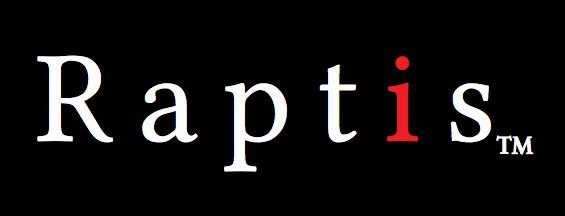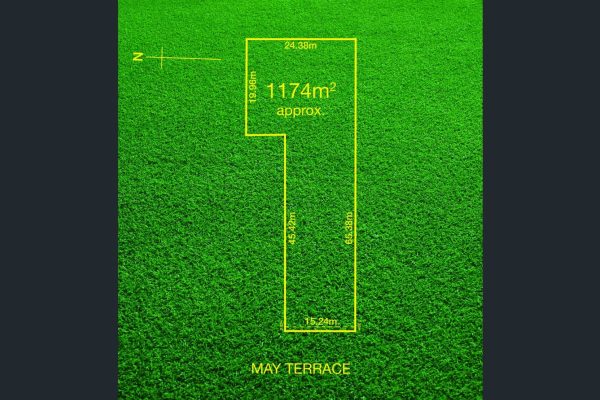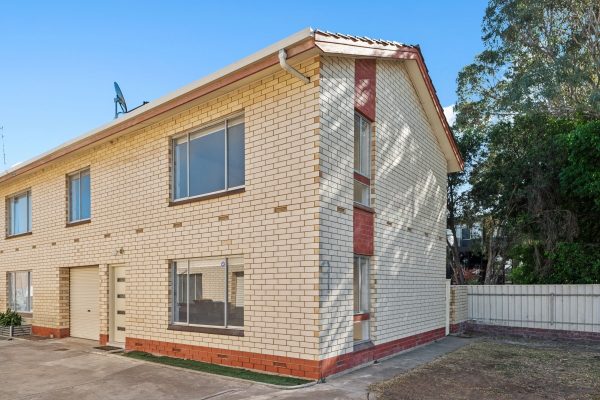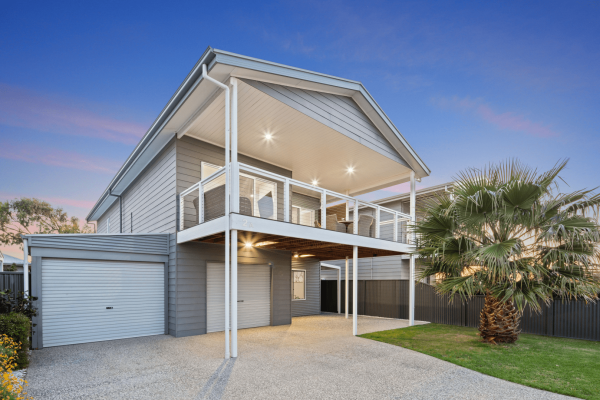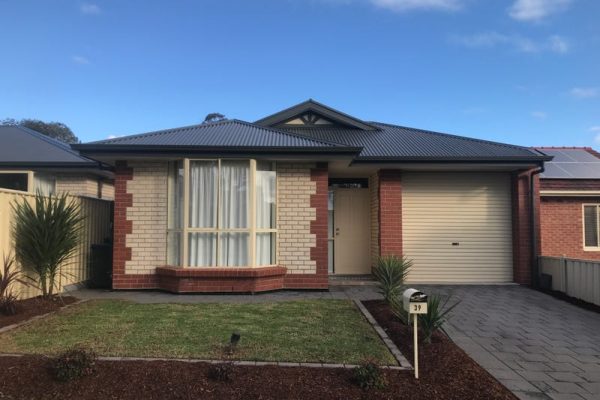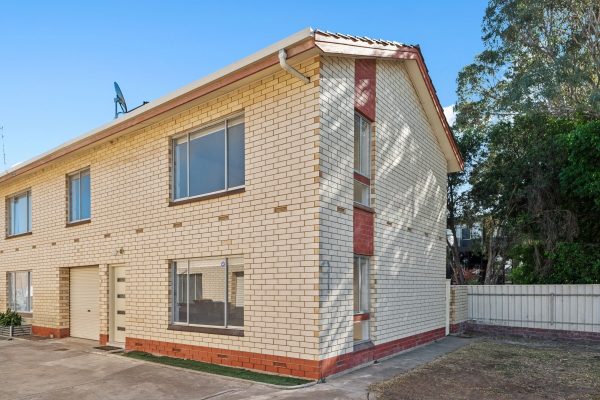Resurgent investor housing demand continues

The $33.2 billion worth of commitments consisted of $19.9 billion in commitments to owner occupiers and $13.3 billion in commitments to investors. Lending to owner occupiers has showed little change over recent months, in the value of owner occupier finance commitments has held reasonably steady between $19.7 billion and $19.9 billion for each of the past five months. Meanwhile, demand from the investor segment has continued to climb with the $13.3 billion representing the highest monthly value of lending to this segment since June 2015. After the value of lending to investors peaked at $14.6 billion in April 2015, it dropped by -25.8% to $10.8 billion in April 2016. Between April 2016 and November 2016, the monthly value of lending to investors has increased by 22.4% and is now just -9.2% lower than its historic high and seemingly likely to rise further over the coming months. If finance commitments for refinancing is excluded, investors accounted for 49.6% of mortgage borrowing in November 2016, its highest proportion since July 2015.

The momentum in owner occupier demand appears to have stalled over recent months and the above chart suggests that it is largely due to a slowdown in refinances. The $19.9 billion in lending to owner occupiers in November 2016 consisted of: $1.8 billion for construction of dwellings, $1.1 billion for purchase of new dwellings, $6.4 billion for refinancing of established dwellings and $10.6 billion for purchase of established dwellings. The value of lending for refinancing has now fallen for three consecutive months and is now at its lowest level since August 2015. Lending for the purchase of established dwellings has increased to its highest level since June 2016. Although overall lending to owner occupiers is largely unmoved over recent months, the recent out-of-cycle interest rate increases that some lenders have undertaken may result in an increase in refinance activity over the coming months. Subsequently this may push owner occupier lending higher.

Investor demand is surging higher, driven primarily by lending for established housing stock. Over the month, $12.0 billion in mortgage lending to investors was for established housing with the additional $1.2 billion being for construction of dwellings. Over the month, 90.7% of housing finance commitments to investors were for established housing stock. It is important to note though that over the year to September 2016, the ABS reports that new housing additions only increased total housing stock by 1.8%. Although investors have overwhelmingly chosen to invest in established housing rather than new housing, this is largely due to there being far less new housing stock than there is existing stock. By comparison, if refinances are removed, owner occupiers committed to $2.9 billion in new housing over the month which accounted for 21.5% of the value of all owner occupier housing finance commitments. The split between total housing finance commitments for new housing stock shows a split of 70.2% to owner occupiers and 29.8% to investors.

Owner occupier first home buyers have continued to account for a small proportion of the overall market as highlighted by the above chart. Based on data that looks only at the number of owner occupier housing finance commitments, first home buyers accounted for 13.8% of owner occupier housing finance commitments over the month. Based on the total value of all lending (owner occupier and investor) over the month, owner occupier first homebuyers accounted for just 7.3% of all housing finance commitments. It should be noted that the value of lending to first home buyers has increased over the month to $2.7 billion which is its highest level since October 2014. Although lending to owner occupier first home buyers has increased it remains well below the peak levels of early 2009. The data is only provided for owner occupier first home buyers so it is unclear how many purchasers are choosing to buy investment properties as their first residential property purchase. These individuals would be included in the investment segment of lending.
The investor segment of lending has made a comeback over recent months while the owner occupier segment has been largely unchanged. With news that dwelling values increased by in excess of 10% again in 2016 in Sydney and Melbourne with Hobart joining them, it is reasonable to expect that investors will still be interested in residential property at least initially during 2017. With investor housing credit having increased by just 5.6% over the 12 months to November 2016, it is clear that lenders have scope to provide more finance to investors and at the same time remain below APRA’s 10% cap on investor credit growth.
